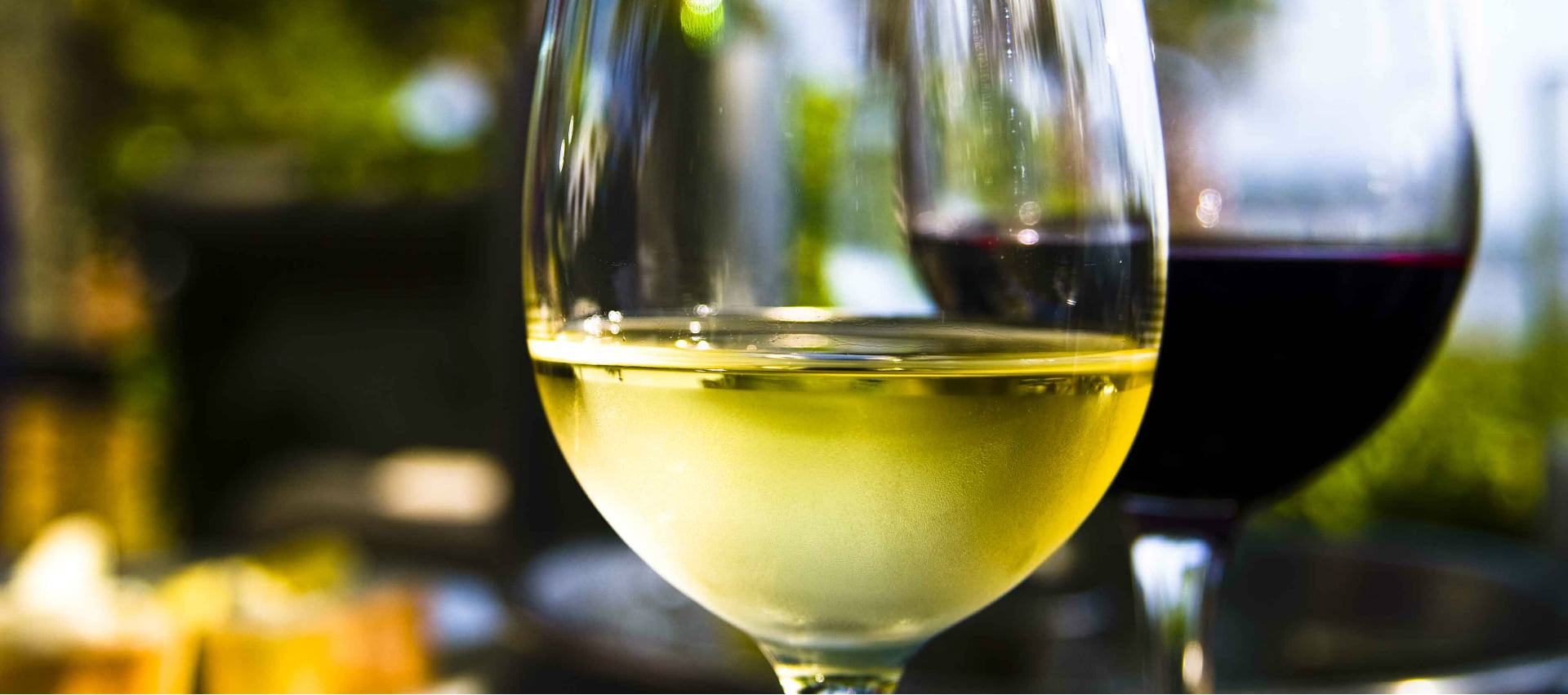The Simple System to Decode Any Wine Menu
Intimidating moments in life, ranked:
1) Your first real job interview.
2) That vivid dream you had about being in the ring with a circa-1990 Mike Tyson. Bareknuckle.
3) The moment on your third date that the waiter hands you the wine list, and your date asks innocently “would you like to get a bottle?”
And yes, we know. You always go for the second cheapest. The restaurant knows too, because that’s the bottle with the highest markup. But it doesn’t have to be that way. Because we’ve put together a super-simple system for figuring out any menu, almost instantly.
Step 1, is figuring out how the list is organised:
1. BY VARIETAL (AKA ‘GRAPE’)
If you’re here, then step two is actually suuuuper simple; the trick is that wine lists organised like this tend to be listed from lightest to fullest. So, all you need to do is to figure out how full-bodied you want your wine, then pick something that matches your budget from that part of the list. Which is very convenient.
If you’re after a little more depth, then you can learn the basics of the most popular grape types. (If you don’t even see the grape type listed on the menu, it’s probably because they’ve listed the region – or terroir – instead, as is quite often the case with Old World wines. That’s where things get crazily obscure. So forget that.)
This is the rough order you should see them listed on the menu:
Red
Pinot Noir (Lighter bodied. Goes with dishes with earth flavours.)
Merlot (Still light, but getting a little fuller. Roast chicken and duck do well here.)
Shiraz (Medium to full. Goes with spiced dishes, and BBQ.)
Zinfandel (Medium to full. For heartier, rustic dishes like venison, pâté, and the like.)
Cabernet Sauvignon (Full. Hit the beef with this one.)
White
Reisling (Floral. Can’t go wrong with a curry.)
Pinot Grigio (Light. Loves Chinese food.)
Sauvignon Blanc (Medium. Tangy, tart, zesty foods pair well here.)
Chardonnay (medium to full. For fatty, rich fish.)
That’s a lot to remember. We get it. So, if you’re just starting out in the World Of Wine, then just pick a couple you like the sound of to start with.

2. BY REGION
If you’re here, step two is figuring out if you want an Old World wine, or a New World wine.
The Old World Wines (Europe, basically) are generally considered to be – broad, sweeping statement alert – slightly more refined, lower alcohol, and a touch on the lighter side of the spectrum. This is because the vineyards there have generally been making grape hooch for centuries, and there are frequently strict standards that winemakers are expected to adhere to.
The New World wines (essentially anywhere that used to be a European colony: America, Australia, Chile, South Africa, etc.) tend to be – broad, sweeping statement alert – slightly more robust, higher-alcohol, and edgier. This is because, without a centuries-long winemaking tradition to draw on, they are more open to experimentation, and taking more risks.
Given how complex wine menus can get, there isn’t much point in diving deeper into the divide than that – each country has its great wines, and its ardent fans. So once you’re here, either choose a grape or pick a country, tell your waiter/sommelier your rough budget, and ask for a recommendation. Done.
3. BY PRICE
The choice here is also conveniently simple – go with either red or white, then get the cheapest one. NOT the second cheapest. If you want to dive into the list, and use some of the hints laid out above, then go for it. But that’s the simplest, most effective strategy. And it’s the one Jay Rayner uses.
And remember, you can always just tap up the somm, tell them your budget, and how full-bodied a drink you’re after. That strategy almost never fails.
Just don’t be offended if they tell you to get a Cab.
Main image: Ken Hawkins / Flickr (edited)
Inset image: Matthew Mendoza / Flickr (edited)
Like this article? Then Like this article.
